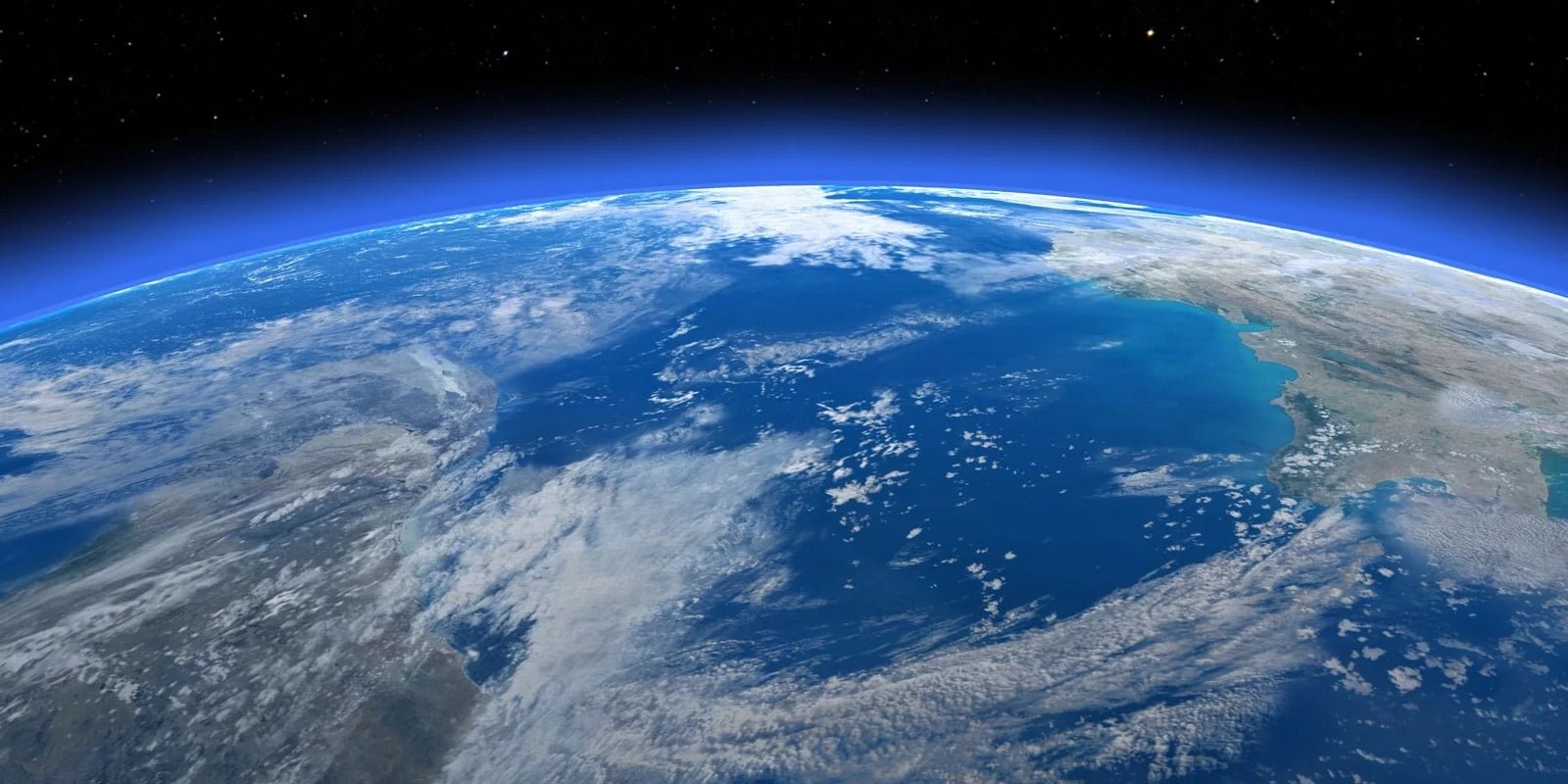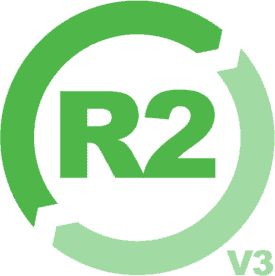ONE TREE PER PURCHASE
We've partnered with Greenspark to plant one tree per purchase throughout the month of April. Each tree planted will go to the Mangrove Restoration in Kenya.
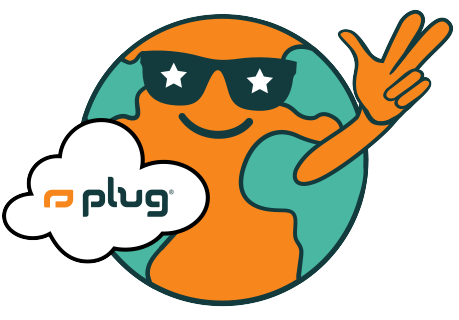
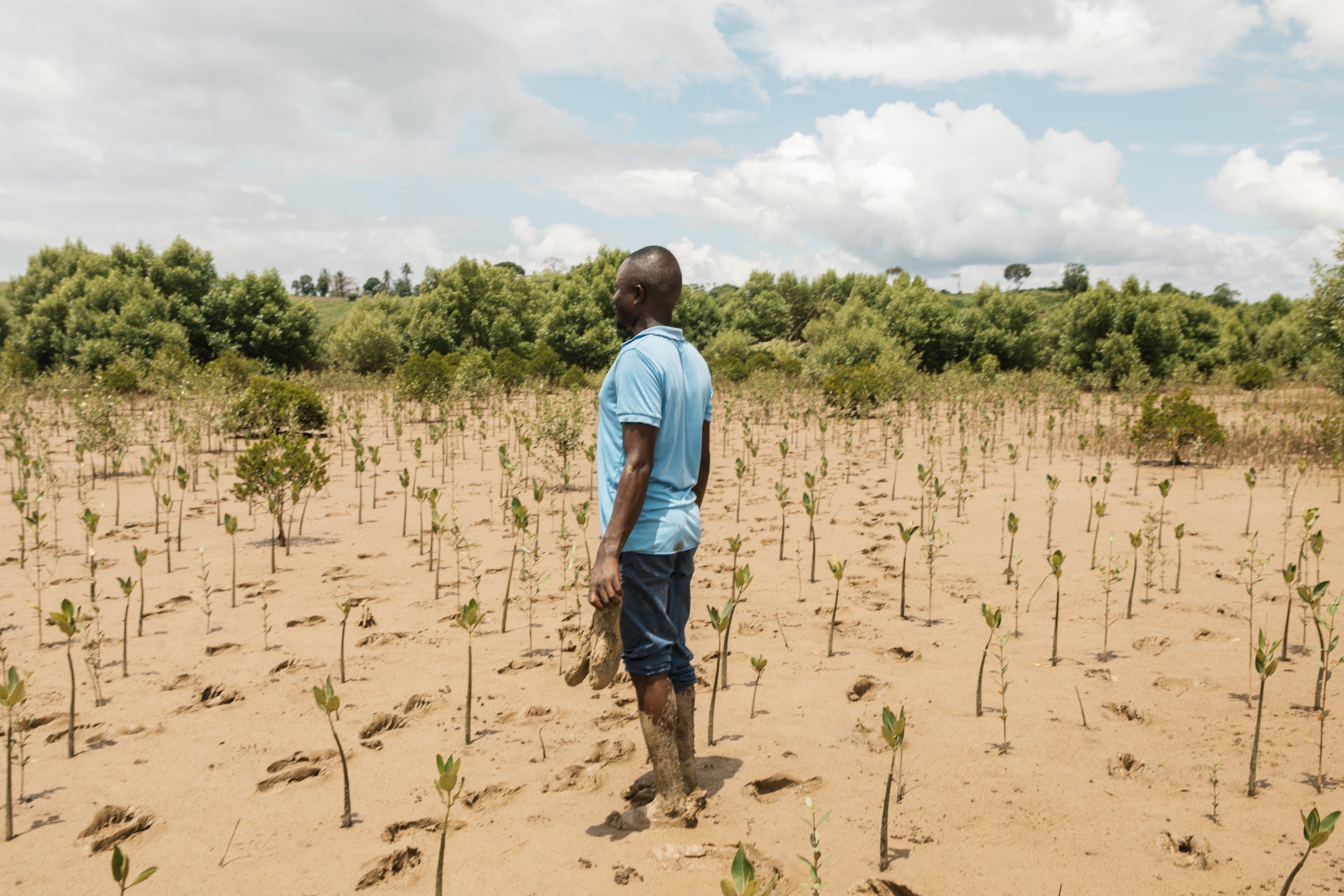
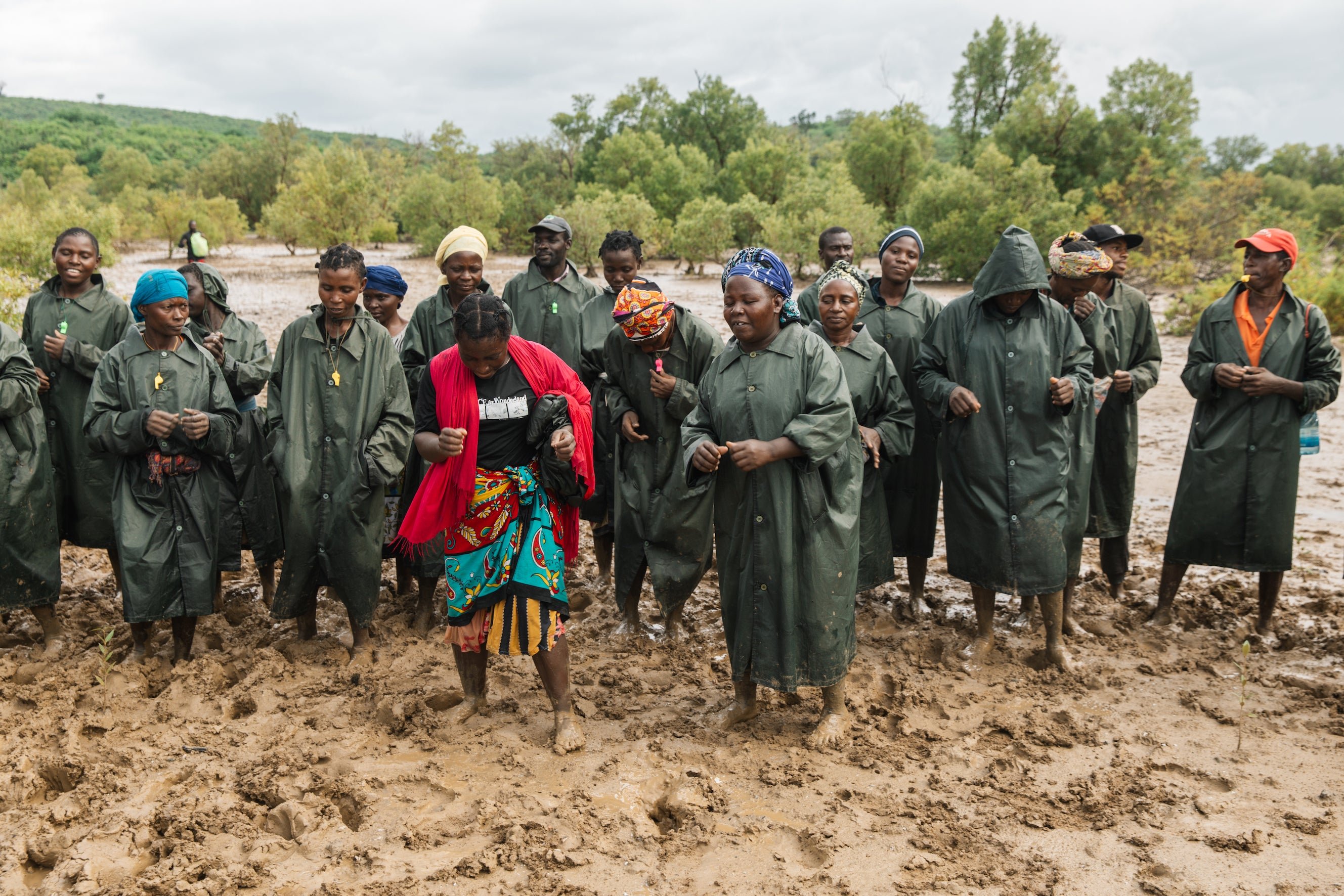
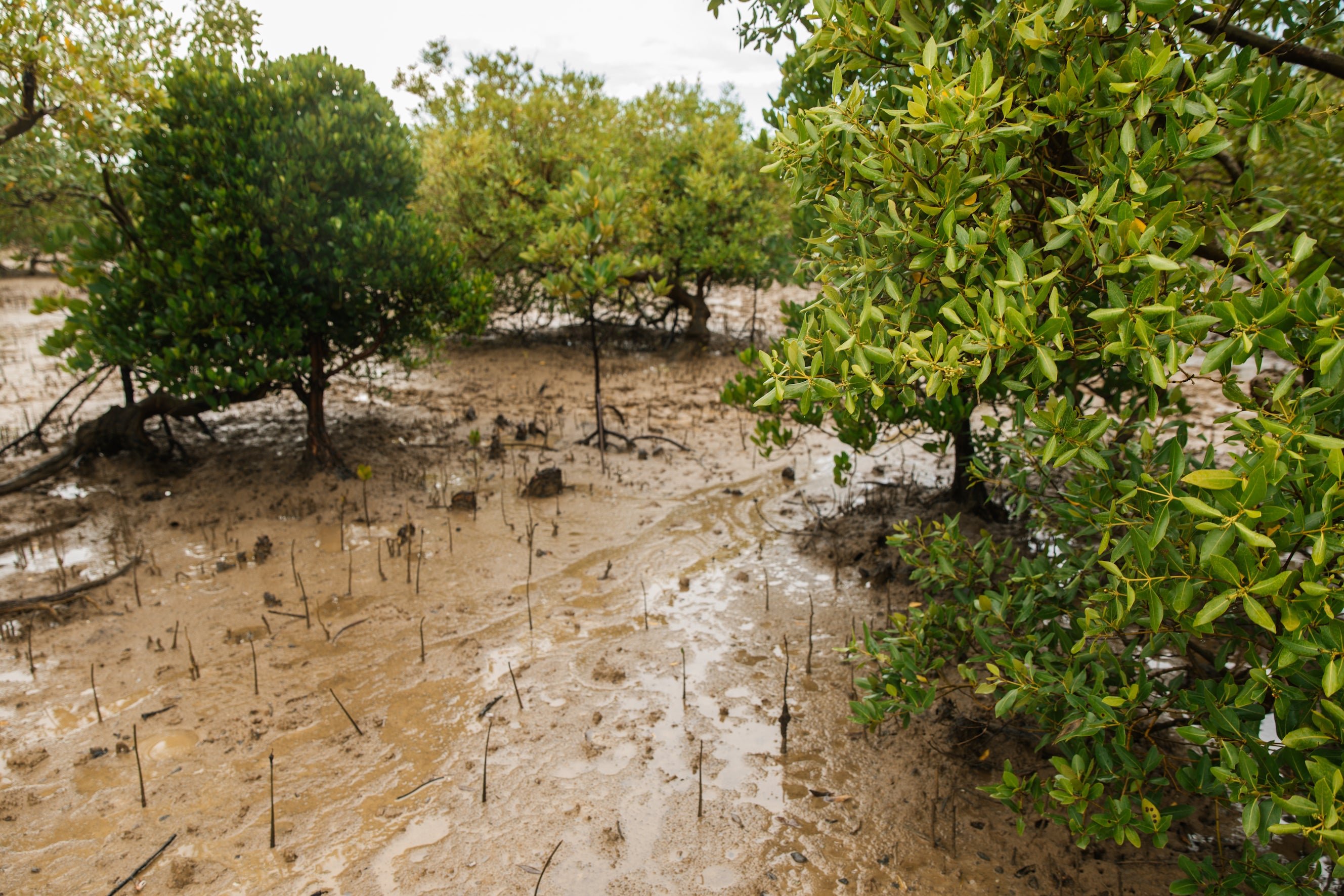
What Is Mangrove Restoration?
Mangrove restoration is the process of revitalising and improving mangroves - coastal wetland habitats mainly found in tropical regions with unique trees and plants. Mangroves are crucial ecosystems for a variety of wildlife, stabilising the coastline to prevent the land from erosion and absorbing large quantities of carbon emissions to fight climate change.
The need for mangrove restoration arises due to significant damage and destruction of mangrove areas through urbanisation, aquaculture, and deforestation. Globally, between 20% and 35% of mangrove areas have been lost since 1980. This has resulted in poorer quality of life for coastal populations, lower economic growth and impoverished livelihood. Key aspects of mangrove restoration include replanting mangrove species in areas where they have been depleted or destroyed, restoring local ecosystem dynamics, involving communities in planning and implementation, and implementing protective measures.
Mangrove restoration is essential not only for the preservation of biodiversity and ecological balance but also for the well-being of coastal communities that rely on these ecosystems for their livelihoods. It contributes to the overall health of coastal environments, enhances fisheries, promotes sustainable practices, and mitigates the impact of natural disasters.
Mangrove Restoration In Kenya
The Coastal areas of Kenya rank among the country’s lesser-developed regions. The livelihoods, employment and nutritional needs of these communities heavily rely on mangrove ecosystems. Over the past few decades, Southern Kenya’s coastal regions have experienced rapid urbanisation, leading to the conversion of mangrove forests for alternative land uses. Additionally, inadequate governance has contributed to the overexploitation and excessive harvesting of mangroves.
The key objective of EarthLung’s Mangrove restoration project in Kenya is to uplift financially disadvantaged coastal communities by revitalising the mangrove forests aiming to ‘break the cycle of poverty’. Through the restoration of the biodiverse estuary, this initiative will not only establish new fishing grounds but also generate supplementary sources of income. Moreover, the rejuvenated forests will serve as a protective barrier against storm surges.
The Process Of Mangrove Restoration
The two main methods of mangrove planting are nurseries and direct planting. Nurseries nurture seedlings until they are ready for permanent planting in the wild, providing better growth rates and higher survival rates. The community in the nursery can produce up to 300 pots daily, collecting propagules and planting them. The nursery process involves filling bags with muddy and clayey soil, germinating seeds, and nursing plants with watering, shading, weeding, pest control, fertilization, and hardening.
The second method is direct planting, where the team directly pick propagules off existing trees and plants them directly. Both methods are challenging and often require an early start and a late finish. Accessing planting sites can be physically demanding, involving trudging through mangrove channels in hot, knee-deep mud, often barefoot due to the swampy terrain. Planting partners navigate through extensive mangrove roots. At the planting site, approximately 5,000 propagules are planted per hectare, roughly one propagule for every two steps, inserted up to one-third of their length. Planting and protection methods are well planned, resulting in a healthy survival rate of saplings of roughly 80%.


